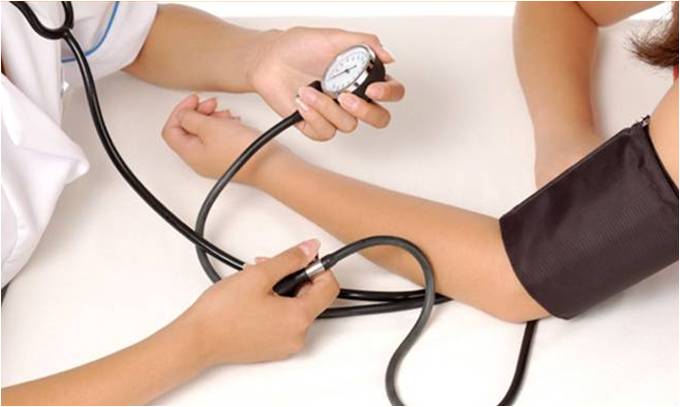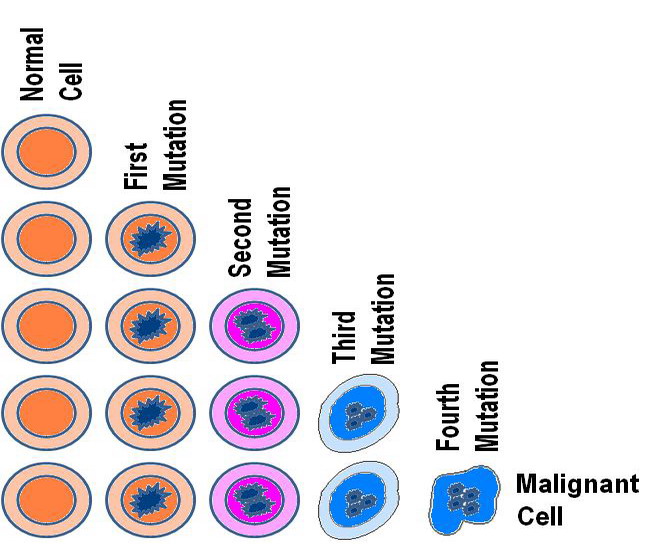
Blood Pressure Guide
What Is Blood Pressure? Blood pressure is the force of blood pressing against the walls of your arteries. When it’s too high, it is called hypertension and raises the heart’s workload and can cause serious damage to the arteries. Over time, uncontrolled high blood pressure increases the risk of heart disease, stroke, and kidney […]

